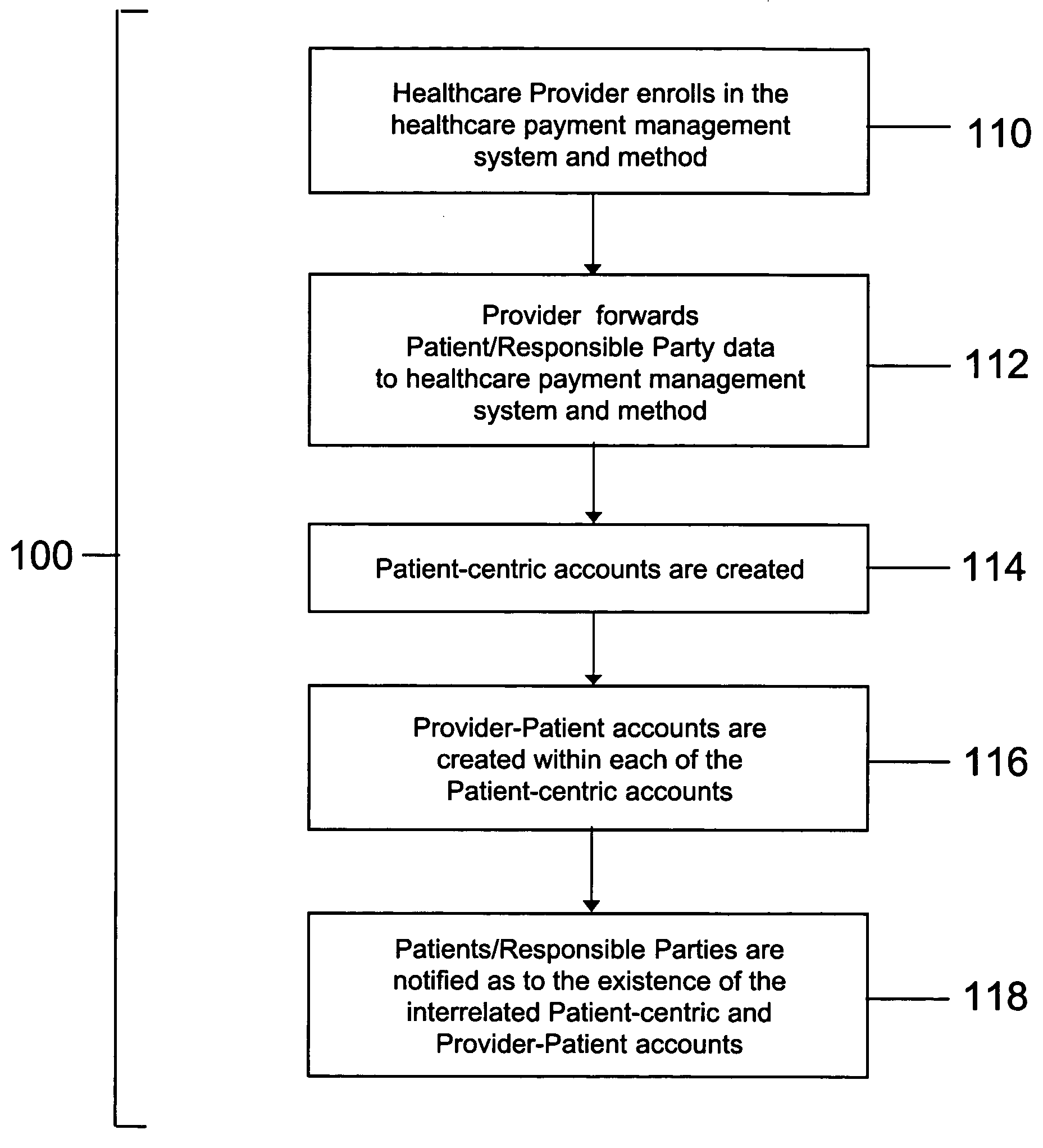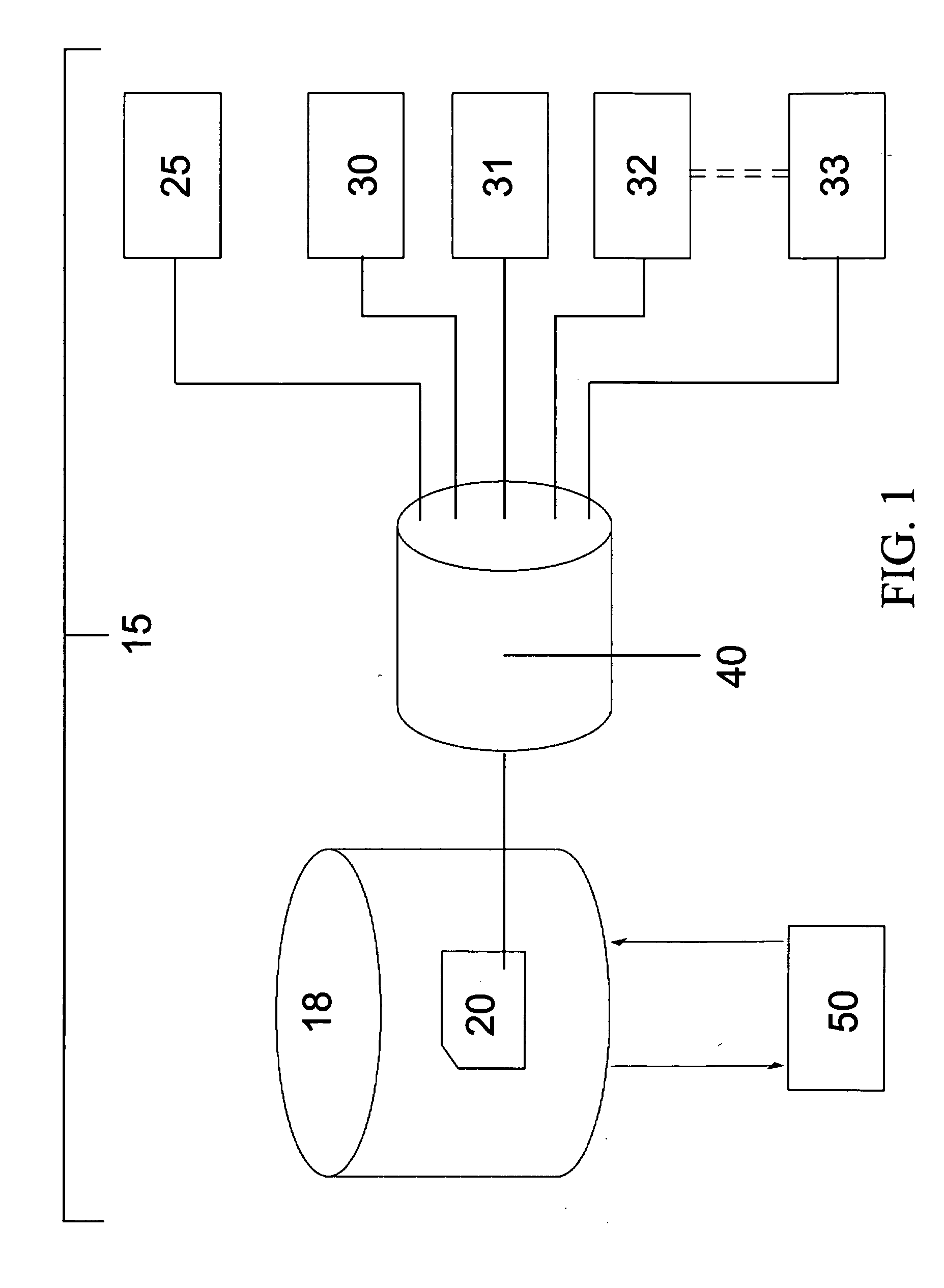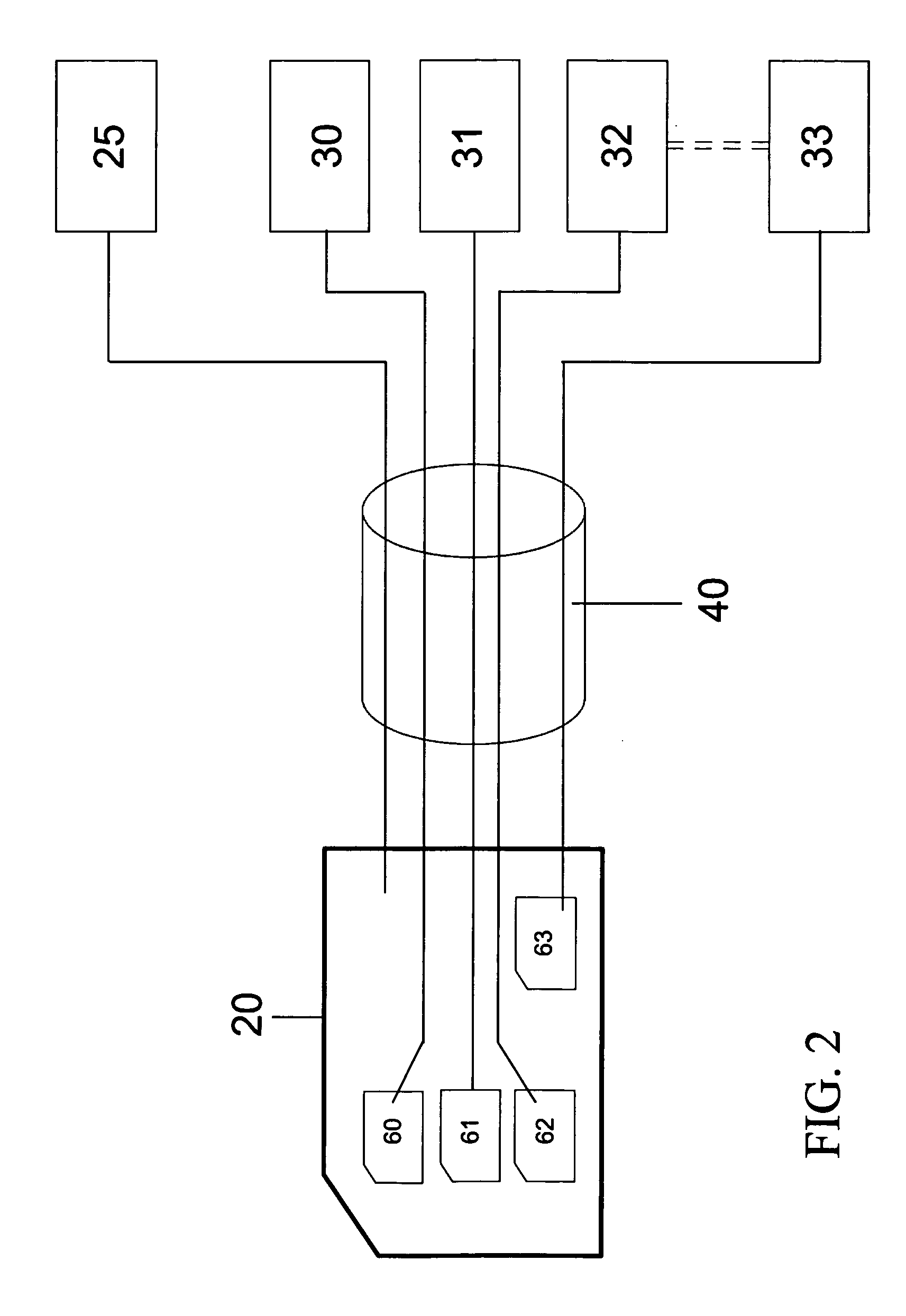Payment management system and method
a payment management system and payment management technology, applied in the field of payment management systems, can solve the problems of generating $130 billion in healthcare delivery system losses, haphazard, ineffective management of the current patient-pay process, and aging population healthcare costs, and achieve the effect of eliminating redundant processes
- Summary
- Abstract
- Description
- Claims
- Application Information
AI Technical Summary
Benefits of technology
Problems solved by technology
Method used
Image
Examples
Embodiment Construction
[0043]FIG. 1 is a schematic representation of the patient-centric, community-based payment management system 15, according to a preferred embodiment of the present invention, that professionally and effectively manages and services all patient-pay receivables associated with an individual's healthcare. The present invention is intended to be a national shared services initiative that improves patient-provider relations and supports physicians, hospitals, and other members of the healthcare community. The payment management system 15 employs a computer architecture comprising a central database 18 for Patient Account data 20, a patient / responsible party 25, a plurality of healthcare providers 30-33, real-time network access to the Patient Accounts 20 by the patient / responsible party 25 and the plurality of providers 30-33 via, for example, the Internet 40, and network access to database 18 by a credit reporting service 50. The central database 18 and the Patient Account 20 informatio...
PUM
 Login to View More
Login to View More Abstract
Description
Claims
Application Information
 Login to View More
Login to View More - R&D
- Intellectual Property
- Life Sciences
- Materials
- Tech Scout
- Unparalleled Data Quality
- Higher Quality Content
- 60% Fewer Hallucinations
Browse by: Latest US Patents, China's latest patents, Technical Efficacy Thesaurus, Application Domain, Technology Topic, Popular Technical Reports.
© 2025 PatSnap. All rights reserved.Legal|Privacy policy|Modern Slavery Act Transparency Statement|Sitemap|About US| Contact US: help@patsnap.com



